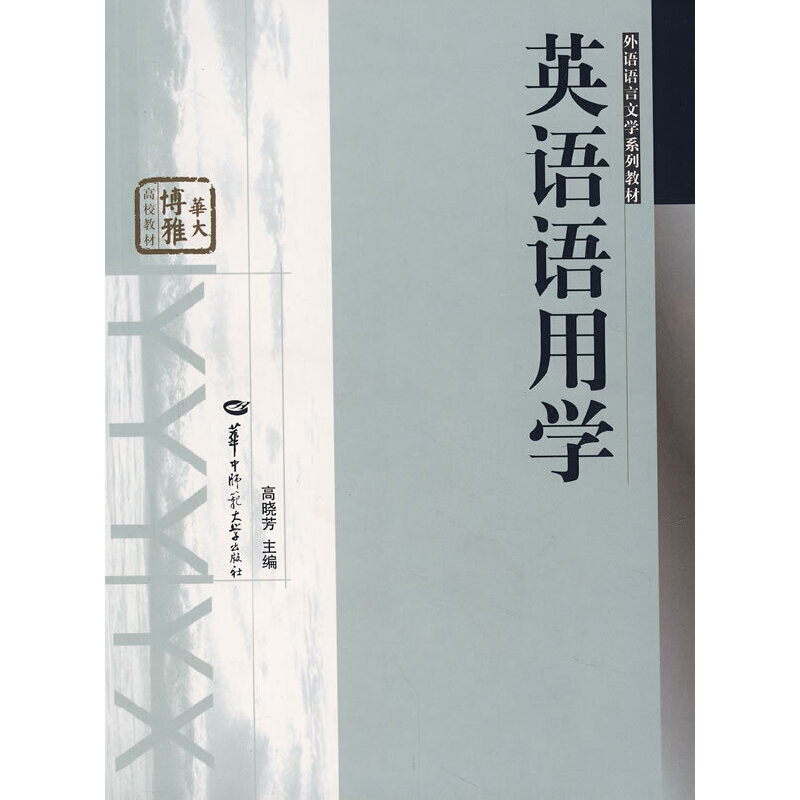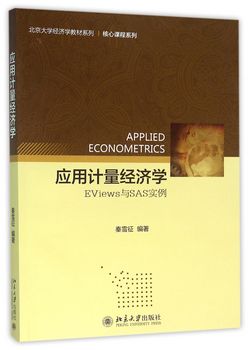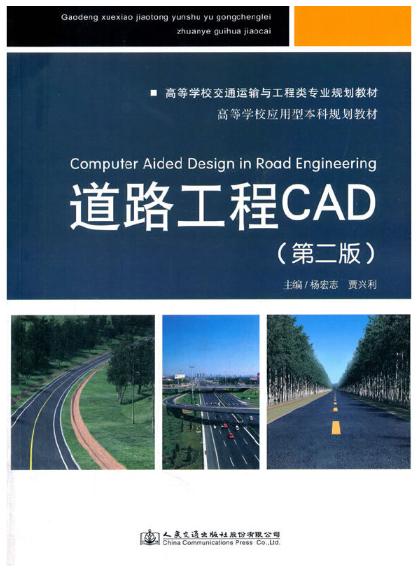英语专业写作教程(A篇)
¥36.00定价
作者: 蒋洪新
出版时间:2016-06
出版社:复旦大学出版社
- 复旦大学出版社
- 9787309122879
- 191474
- 40171696-4
- 2016-06
- 文学
- 外国语言文学
- H319.36
- 公共英语
内容简介
在参考了英语国家(主要是美国)出版的各类英语写作教材及国内出版的同类书籍,尤其是在借鉴了美国大学对以英语为第二语言的学生开设英语写作课的做法的基础上,结合中国学生的实际和我们多年从事英文写作教学的体会,我们编写了这套《英语专业写作教程》。本套教程分A篇与B篇。王崇义主编的《英语专业写作教程(A篇)》侧重写作方面的基础知识及一般性写作,B篇侧重实用性写作。书末附有包括练习参考答案在内的五个附录。
目录
Chapter One Mechanics
1.1 Margins and Paragraphing
1.1.1 Margins
1.1.2 Paragraphing
1.2 Handwriting
1.3 Syllable Structure / Syllabification
1.4 Abbreviations
1.5 Numerals
1.6 Capitalization
Chapter Two Punctuation Marks
2.1 Line-beginning Punctuation Marks
2.2 Sentence-ending Punctuation Marks
2.2.1 The Period / The Full Stop
2.2.2 The Question Mark
2.2.3 The Exclamation Point
2.3 Internal Punctuation Marks
2.3.1 The Comma
2.3.2 The semicolon
2.3.3 The Colon
2.3.4 Quotation Marks
2.3.5 The Dash
2.3.6 Parentheses
2.3.7 Brackets
2.3.8 The Apostrophe
2.3.9 The Hyphen
2.3.10 The Virgule / Slant
2.3.11 Italics / Underlining
2.4 Some Points About the Use of Punctuation Marks
Chapter Three Diction
3.1 Appropriateness
3.1.1 Sense of Style
3.1.2 Degree of Word Formality
3.1.3 Exactness and Use of Synonymous Words and Expressions
3.2 Specificity, Concreteness, and Conciseness
3.2.1 Specificity
3.2.2 Concreteness
3.2.3 Conciseness
3.3 Imagery / Figures of Speech
3.3.1 Metaphor and Simile
3.3.2 Personification
3.3.3 Hyperbole
3.3.4 Euphemism
Chapter Four Sentence Writing
4.1 Sentence Sense
4.2 Basic Requirements of an Effective Sentence
4.2.1 The Unity of a Sentence
4.2.2 The Coherence of a Sentence
4.2.3 The Completeness of a Sentence
4.3 Sentence Elements
4.3.1 Essential Sentence Elements: the Subject and the Predicate Verb
4.3.2 Secondary Sentence Elements
4.4 Sentence Patterns
4.4.1 Basic Sentence Patterns
4.4.2 Special Sentence Patterns
4.5 Parts of Speech and Their Respective Functions and
Placements in a Sentence
4.5. l Nouns
4.5.2 Pronouns
4.5.3 Adjectives
4.5.4 Adverbs
4.5.5 Prepositions
4.5.6 Conjunctions
4.6 Phrases and Clauses
4.6.1 Phrases
4.6.2 Clauses
4.7 Recognizing and Avoiding Sentence Fragments
4.8 Classification of Sentences
4.8.1 Classification in Terms of Communication Purpose
4.8.2 Classification in Terms of Grammatical Structure
4.8.3 Classification in Terms of the Development of Information
4.8.4 Classification in Terms of Length
4.9 Avoiding Comma Faults and Fused Sentences
4.9.1 The Cbrnrna Faults / Comma Splices
4.9.2 Solutions to Comma Faults
4.9.3 Fused Sentences
4.10 Ways of Achieving Sentence Variety
4.10.1 Achieving Sentence Variety via Combination
4.10.2 Achieving Sentence Variety via Coordination
4.10.3 Achieving Sentence Variety via Parallel Structure
4.10.4 Achieving Sentence Variety via Subordination
4.10.5 Achieving Sentence Variety by Using Modifying Phrases ..
4.10.6 Achieving Sentence Variety by Using Appositives
4.10.7 Achieving Sentence Variety via Inversion
4.10.8 Achieving Sentence Variety by Employing Emphatic Sentence Structure
4.10.9 Achieving Sentence Variety by Using Inanimate Subjects
Chapter Five Paragraph Writing
5.1 Types of Paragraphs
5.1.1 The Topical Paragraph
5.1.2 The Introductory Paragraph
5.1.3 The Transitional Paragraph
5.1.4 The Conclusion Paragraph
5.2 The Basic Structure and Qualities of a Topical Paragraph
5.2.1 The Unity of a Topical Paragraph
5.2.2 The Topic Sentence in a Topical Paragraph
5.2.3 The Supporting Sentences in a Topical Paragraph
5.2.4 The Conclusion Sentence in a Topical Paragraph
5.3 The Coherence of a Topical Paragraph
5.4 The Development of a Topical Paragraph
5.4.1 Time / Chronological Order
5.4.2 Space Order
5.4.3 General-to-particular Order
5.4.4 Particular-to-general Order
5.4.5 Order of Importance
5.4.6 Cause-to-effect or Effect-to-cause Order
5.4.7 Order of Comparison and Category Order
5.4.8 Questi
1.1 Margins and Paragraphing
1.1.1 Margins
1.1.2 Paragraphing
1.2 Handwriting
1.3 Syllable Structure / Syllabification
1.4 Abbreviations
1.5 Numerals
1.6 Capitalization
Chapter Two Punctuation Marks
2.1 Line-beginning Punctuation Marks
2.2 Sentence-ending Punctuation Marks
2.2.1 The Period / The Full Stop
2.2.2 The Question Mark
2.2.3 The Exclamation Point
2.3 Internal Punctuation Marks
2.3.1 The Comma
2.3.2 The semicolon
2.3.3 The Colon
2.3.4 Quotation Marks
2.3.5 The Dash
2.3.6 Parentheses
2.3.7 Brackets
2.3.8 The Apostrophe
2.3.9 The Hyphen
2.3.10 The Virgule / Slant
2.3.11 Italics / Underlining
2.4 Some Points About the Use of Punctuation Marks
Chapter Three Diction
3.1 Appropriateness
3.1.1 Sense of Style
3.1.2 Degree of Word Formality
3.1.3 Exactness and Use of Synonymous Words and Expressions
3.2 Specificity, Concreteness, and Conciseness
3.2.1 Specificity
3.2.2 Concreteness
3.2.3 Conciseness
3.3 Imagery / Figures of Speech
3.3.1 Metaphor and Simile
3.3.2 Personification
3.3.3 Hyperbole
3.3.4 Euphemism
Chapter Four Sentence Writing
4.1 Sentence Sense
4.2 Basic Requirements of an Effective Sentence
4.2.1 The Unity of a Sentence
4.2.2 The Coherence of a Sentence
4.2.3 The Completeness of a Sentence
4.3 Sentence Elements
4.3.1 Essential Sentence Elements: the Subject and the Predicate Verb
4.3.2 Secondary Sentence Elements
4.4 Sentence Patterns
4.4.1 Basic Sentence Patterns
4.4.2 Special Sentence Patterns
4.5 Parts of Speech and Their Respective Functions and
Placements in a Sentence
4.5. l Nouns
4.5.2 Pronouns
4.5.3 Adjectives
4.5.4 Adverbs
4.5.5 Prepositions
4.5.6 Conjunctions
4.6 Phrases and Clauses
4.6.1 Phrases
4.6.2 Clauses
4.7 Recognizing and Avoiding Sentence Fragments
4.8 Classification of Sentences
4.8.1 Classification in Terms of Communication Purpose
4.8.2 Classification in Terms of Grammatical Structure
4.8.3 Classification in Terms of the Development of Information
4.8.4 Classification in Terms of Length
4.9 Avoiding Comma Faults and Fused Sentences
4.9.1 The Cbrnrna Faults / Comma Splices
4.9.2 Solutions to Comma Faults
4.9.3 Fused Sentences
4.10 Ways of Achieving Sentence Variety
4.10.1 Achieving Sentence Variety via Combination
4.10.2 Achieving Sentence Variety via Coordination
4.10.3 Achieving Sentence Variety via Parallel Structure
4.10.4 Achieving Sentence Variety via Subordination
4.10.5 Achieving Sentence Variety by Using Modifying Phrases ..
4.10.6 Achieving Sentence Variety by Using Appositives
4.10.7 Achieving Sentence Variety via Inversion
4.10.8 Achieving Sentence Variety by Employing Emphatic Sentence Structure
4.10.9 Achieving Sentence Variety by Using Inanimate Subjects
Chapter Five Paragraph Writing
5.1 Types of Paragraphs
5.1.1 The Topical Paragraph
5.1.2 The Introductory Paragraph
5.1.3 The Transitional Paragraph
5.1.4 The Conclusion Paragraph
5.2 The Basic Structure and Qualities of a Topical Paragraph
5.2.1 The Unity of a Topical Paragraph
5.2.2 The Topic Sentence in a Topical Paragraph
5.2.3 The Supporting Sentences in a Topical Paragraph
5.2.4 The Conclusion Sentence in a Topical Paragraph
5.3 The Coherence of a Topical Paragraph
5.4 The Development of a Topical Paragraph
5.4.1 Time / Chronological Order
5.4.2 Space Order
5.4.3 General-to-particular Order
5.4.4 Particular-to-general Order
5.4.5 Order of Importance
5.4.6 Cause-to-effect or Effect-to-cause Order
5.4.7 Order of Comparison and Category Order
5.4.8 Questi

















